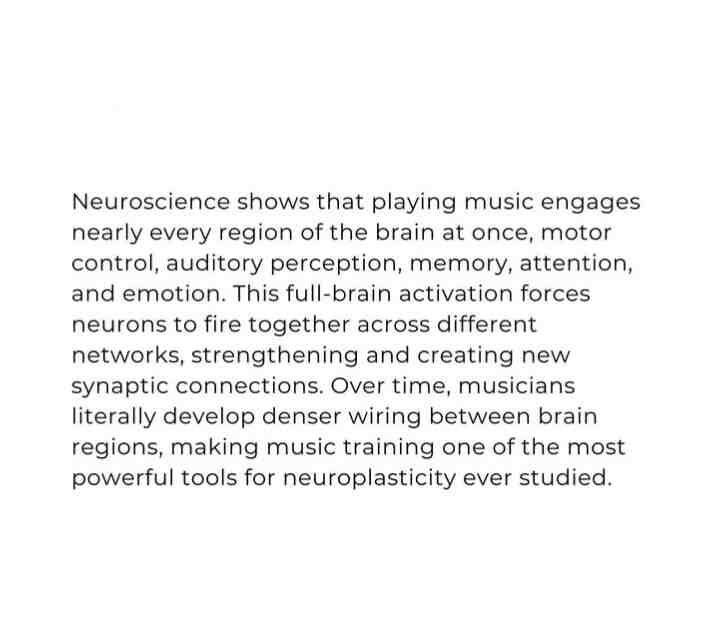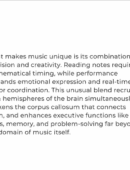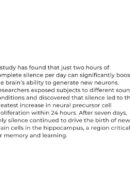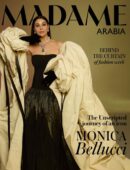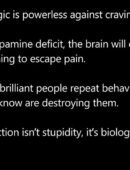The combination of Precicion and Creativity makes Music Unique
Music is one of those rare human inventions that exists at the crossroads of science and art, of mathematics and emotion. What makes it powerful isn’t just the melodies we hum or the rhythms that make our bodies move—it’s the strange marriage of precision and creativity. Without precision, music collapses into chaos. Without creativity, it becomes mechanical noise. The two together form a balance that makes music unique and timeless.
Think first about precision. Music is built on exact patterns: scales, tempos, keys, rhythms, harmonies. A drummer can’t simply strike whenever they feel like it and expect to create rhythm. Timing must be accurate down to fractions of a second, otherwise the groove falls apart. Similarly, a violinist needs exact finger placement for the right pitch; a tiny shift in pressure or position can turn beauty into dissonance. Even in modern digital music, precision rules everything—beats per minute, equalization, mixing levels, and synchronization. It’s mathematics hiding in plain sight, creating order from the airwaves. Precision ensures that music is something shareable and repeatable, not just random sound.
But then there’s creativity, the part that makes music more than arithmetic. Creativity is what pushes boundaries, invents new genres, and dares to combine elements in unexpected ways. A jazz improviser takes the rigid structure of a scale and bends it into playful, surprising phrases. A composer might decide to break traditional rules, inserting silence where a sound “should” be, or layering unusual instruments together. Creativity makes music emotional, personal, and unpredictable. It’s what allows the same set of 12 notes in Western music to produce everything from Bach’s symphonies to hip-hop beats to experimental electronic soundscapes.
The magic lies in how these two forces meet. A pianist practicing scales is drilling precision, but when that discipline merges with imagination, it produces the fluid storytelling of a concerto. A producer uses a metronome to keep a track steady, but then overlays creative samples, vocals, and effects to make it distinct. Even mistakes, when filtered through creativity, can become innovations—like the birth of the “blue note” in blues music or distorted guitar in rock. In other words, creativity thrives because precision provides the foundation to break rules intentionally, not accidentally.
This duality also explains why music connects across cultures and centuries. The mathematics of rhythm and harmony resonate with something universal in the human brain, while creativity injects identity, history, and individuality into the sound. A Beethoven symphony and a tribal drum circle might seem worlds apart, but both rely on that fusion of tight structure and expressive imagination. It is a shared language that everyone can feel, even if they can’t explain it.
Ultimately, music is neither pure calculation nor pure chaos. It is an art form where precision sculpts the frame and creativity paints within—and sometimes outside—the lines. This constant tension and harmony between the two is what gives music its soul, making it not only unique but endlessly evolving.
